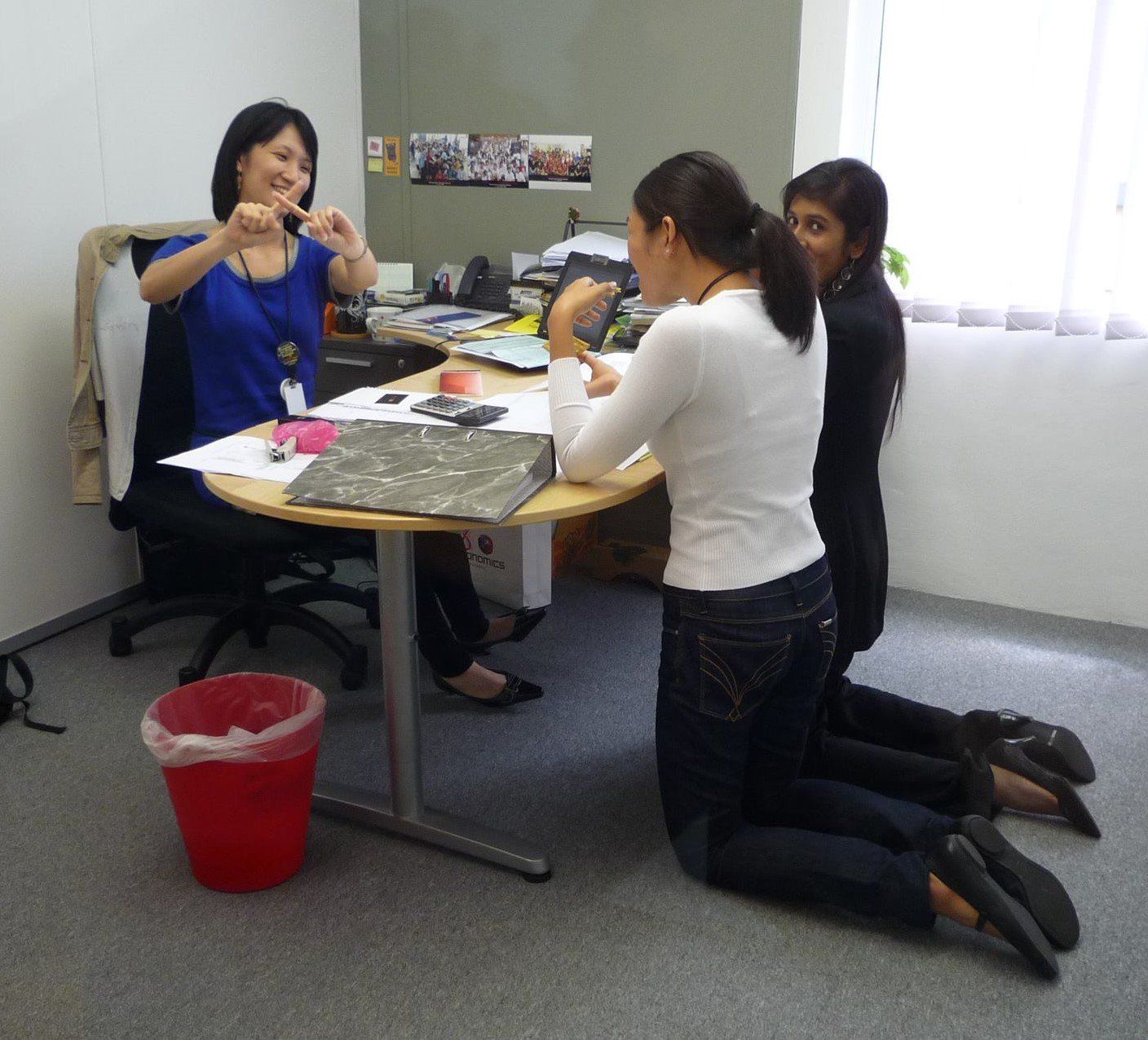Accountability In A Culture Of Empowerment

Employees desire freedom to exercise their intellect, explore options and contribute ideas. They seek flexibility and space in the process of accomplishing their work.
As we move towards an economy of managing a workforce of knowledge workers, employees want autonomy and control to carry out their job regardless of their age, rank or experience.
Typically, employees are asking for empowerment, which is about delegating power and authority to another person, usually someone whom you can trust.
The need for trust?
Trust in a person is built over a period of time and through proven track record that demonstrates that an individual is someone you can count on to consistently achieve expected results.
This recurring trend proves a person’s credibility and accountability to deliver the required service quality and goals.
Their reputation makes this person a candidate worthy of more power and authority to make bigger impact decisions. But is trust a sufficient yardstick to qualify a person as worthy of being empowered?
Let us consider what empowerment is not. Empowerment is not about entrusting power to someone and adopting a hands-off approach from thereon.
Recently, during one of my regular coffee sessions with an old friend, who is a CEO of a public listed company, he shared with me that he trusts his senior directors because they have been with the company for more than 10 years, and he knows that they have the best interests of the company at heart. As a result, he gives them a free hand to manage their respective functions.
When I asked if he was pleased with the results they were achieving, he mentioned that there were mixed feelings involving both contentment and disappointment.
Although business remains profitable, it isn’t growing as fast as its peers and there were several missed opportunities which relegated the company from being a leader in the industry to lagging behind its newer competitors.
How many leaders have you known who started out with the best of intentions in delegation and empowerment, only to experience less than desired outcomes?
Because each of us is motivated by different factors, the amount of space to be given to the empowered individual is subjective. The degree of “letting go” is a delicate balance for the leader giving away such power and authority.
Some of us require total control of our work with little or no supervision. There are others who prefer some form of managerial presence whom they can refer to for surety.
In the case of my niece, Sally, who just graduated with a communications degree and joined a new start-up of about 20 employees in the business of social media marketing, the laissez faire environment was unsettling.
Whenever she referred to her seniors for guidance, they would advise her to be more assertive and proactive in carrying out her work.
Since it was Sally’s first job, she needed more supervision to give her the direction and confidence that she was on track as she developed her ideas on the project.
Keeping the right distance
How then does one avoid getting too close for comfort to the point of micromanaging versus being too distant and lose sight of the sinking ship?
For empowerment to be successfully practised, both the giver and the taker need to hold each other accountable to ensure they each succeed in their roles. In making each other accountable, a simple mechanism should be agreed by both parties.
The process is no different from any project management exercise of setting goals, tracking milestones and disciplined execution.
Here are some easy steps to build a structure of accountability:
1. Set clear goals
In most organisations, a formal or informal performance management system is already in place. Setting clear goals and desired results are excellent ways to manage expectations of the empowered and avoid micromanaging by the business leader. Goal setting also allows both parties to be aligned and on the same page.
2. Set up a monitoring system
Agree on milestones to be achieved, and identify critical paths and approval processes. Establish regular check-ins and both sides must be comfortable of the frequency.
The giver needs to ensure sufficient oversight and guidance is provided. The taker has to be responsible to deliver the expected goals. Track progress and recalibrate when necessary.
3. Set aside time for mentoring and coaching
During the check-in process, seek opportunities for mentoring and coaching. Adequate support and guidance are essential as the person learns to make judgment calls, select choices, evaluate risks, consider different perspectives and build stakeholder engagement.
Feedback is important to help further expand on strengths and close developmental gaps. At the same time, these sessions are opportunities to further deepen engagement between the employee and the manager.
This might interest you: Reset Accountability Before Your Next Change Programme
Coming back to the CEO, he had assumed that because he had built a relationship with his directors over many years and given their age, rank and experience, they should be able to understand and think like him.
In his mind, they would make the same decisions and act in the same manner as the CEO would. However, although the senior directors care for the company, it does not mean that their goals are same as the CEO’s.
What if the CEO agreed with his directors on tangible milestones to be achieved and held them accountable to them?
Imagine if he scheduled periodic meetings for directors to report on progress and guided them to resolve deviations and issues.
And suppose he uses those meeting sessions to share his wisdom and experience while providing mentorship and feedback coaching to his directs. Then perhaps the outcome achieved could be different from their current circumstance.
Empowerment and accountability are heavily dependable on each other to succeed. One should not be given power if they are not ready to be responsible for results and impact of their decisions.
On the other hand, we cannot hold someone accountable if the person is not given the authority to influence the required outcome.
This article was updated on Jul 15, 2019.

Infographics by Leaderonomics. Easy Steps to Build a Structure of Accountability
Business
Tags: Hard Talk





